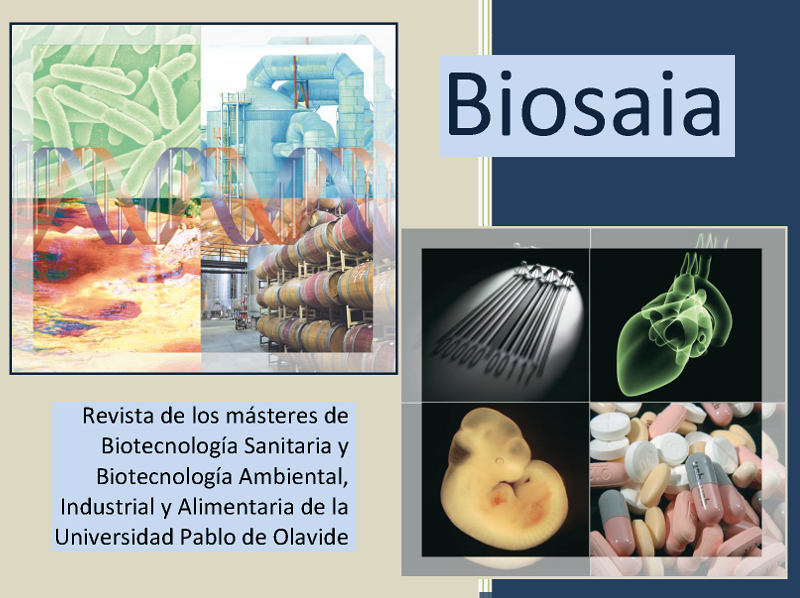Identification of bioactive compounds in diabetes and infertility models of C. elegans
Palabras clave:
C. elegans; infertility; insulin signaling pathway; polycystic ovary syndrome; POS; age-1Resumen
Polycystic ovary syndrome (POS) is a complex and heterogeneous endocrine disease characterized by hyperandrogenism, oligo-anovulation and metabolic disorders, including insulin resistance, obesity and type II diabetes. Additionally, POS causes infertility in childbearing age women, making of great interest the search of new treatments and compounds for the improvement of the symptoms of this chronic disease. Despite the definitive pathological mechanism of POS is still unknown, as mentioned before there is a strong relation between the syndrome and different alterations in the insulin signaling pathway. This pathway is evolutionary conserved and it has a homologue pathway in the organism Caenorhabditis elegans. Mutations in the insulin receptor homologue daf-2 gene or in the phosphatidylinositol 3-kinase (PI3K) homologue age-1, result in reduction of fertility, being the decrease in progeny sharper in the allele age-1(mg305) mutant, in addition to a less pleiotropic effect. We consider this mutant of C. elegans a good model to study the insulin pathway, and specifically POS, due to the high degree of conservation of the pathway and the similarities between the phenotype caused by the mutation and the human symptoms.
Descargas
Citas
Porte,D.Jr., Baskin,D.G. and Schwartz,M.W. (2005) Insulin Signaling in the Central Nervous System. Diabetes, 54(5): 1264-1276.





